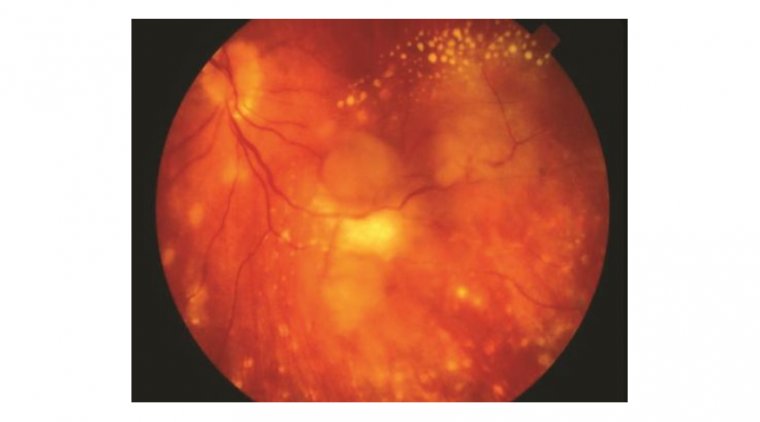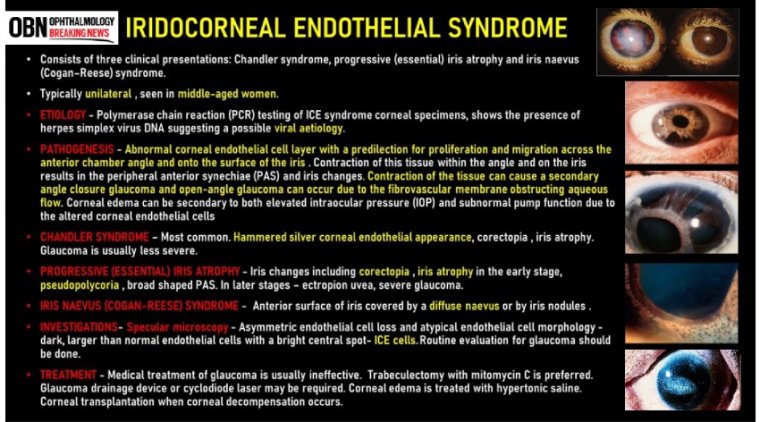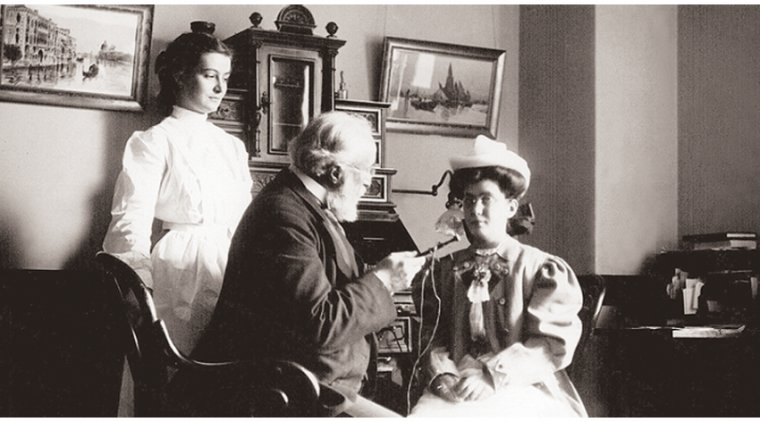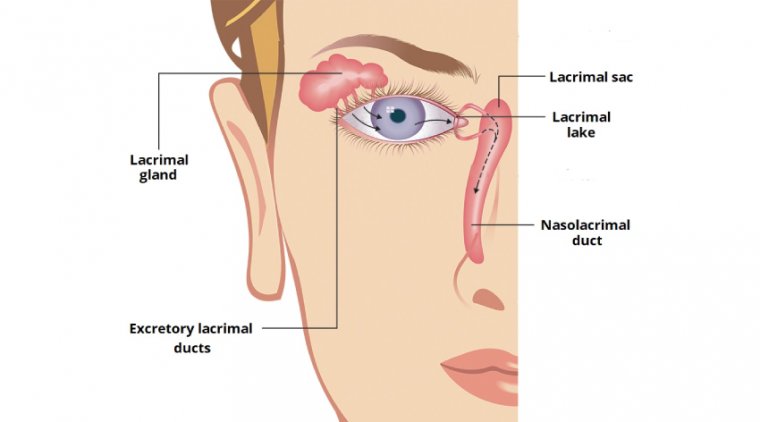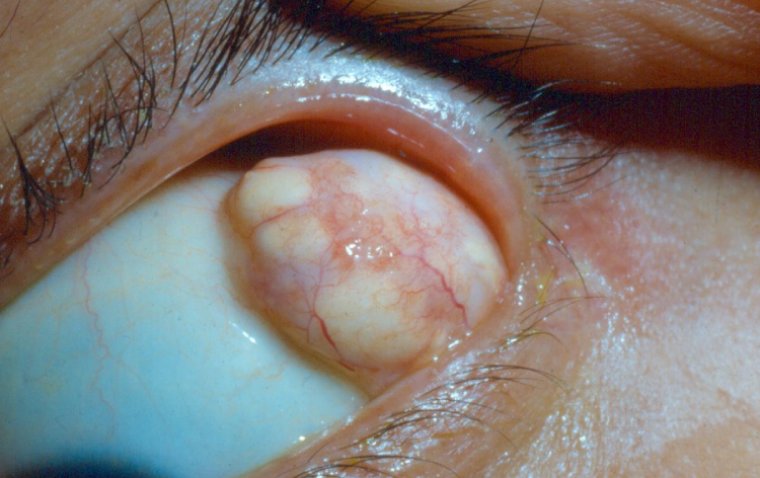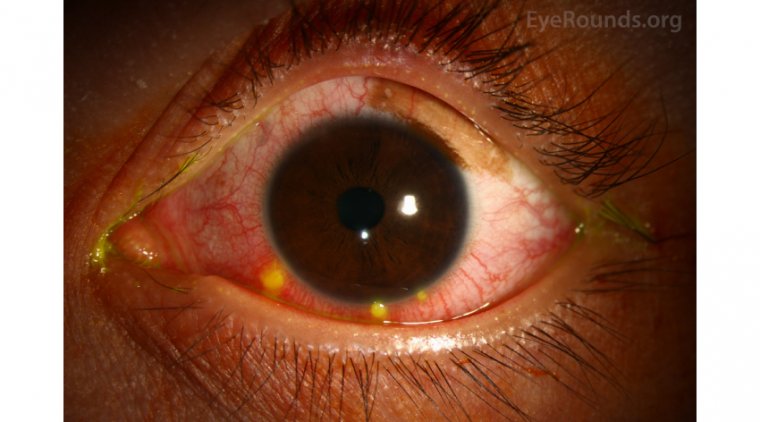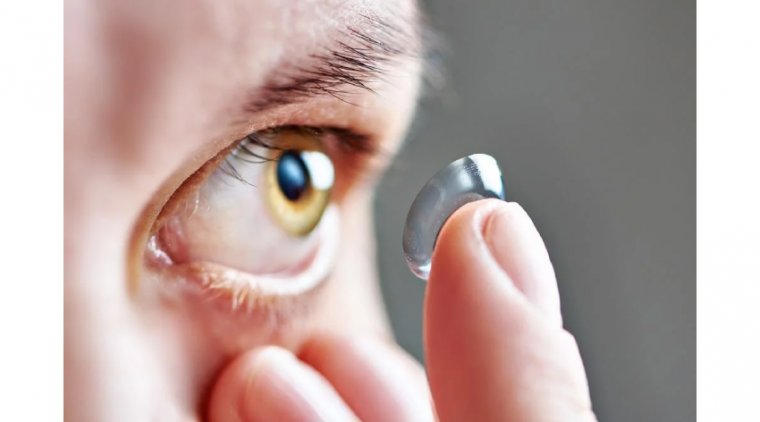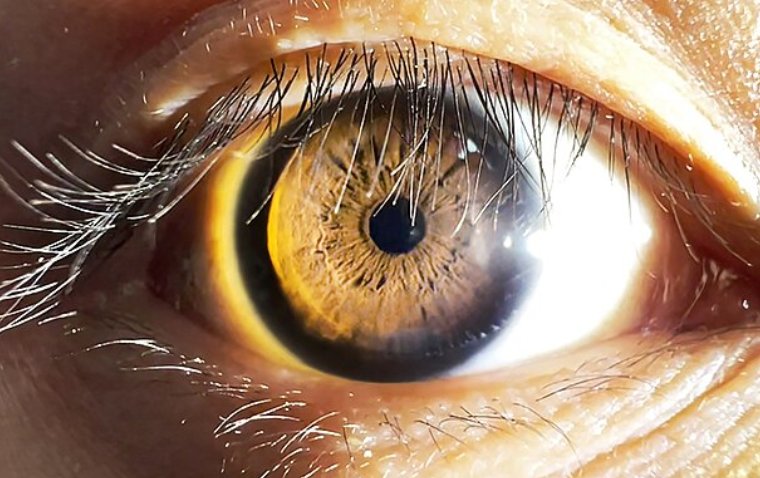
Pupil Size and the Brain: Exploring the Science of Miosis
What is Miosis of the Eye?
Miosis of the eye is a condition characterized by the abnormal constriction of the pupil. This phenomenon involves a reduction in the size of the pupil, the black circular opening at the center of the eye responsible for regulating the amount of light that enters. Unlike the normal pupillary response to changes in light levels, miosis results in a persistently constricted pupil, which can have various underlying causes and mechanisms.
There are several factors that can lead to miosis, including neurological conditions, medications, eye injuries, or exposure to certain substances. Understanding the causes and mechanisms behind miosis is crucial in diagnosing and effectively managing this condition.
Miosis Causes
Miosis, or the abnormal constriction of the pupil, can be caused by various factors and conditions, each of which affects the intricate balance of the eye's pupillary control. Understanding these underlying causes is essential for proper diagnosis and effective management. Some of the primary factors that contribute to miosis include:
1. Medications: Several medications, such as opioids, certain muscle relaxants, and some eye drops used to treat glaucoma, can lead to miosis as a side effect. These drugs affect the pupillary muscles, causing them to contract and result in a constricted pupil.
2. Neurological Conditions: Neurological disorders, including third nerve palsy, Adie's tonic pupil, or Horner's syndrome, can impact the neural pathways responsible for regulating pupil size. In such cases, miosis may occur as a result of nerve dysfunction.
3. Injury or Trauma: Physical injury or trauma to the eye or head can damage the structures controlling pupil dilation and constriction, leading to miosis.
4. Exposure to Irritants: Exposure to certain substances or irritants, such as strong light, noxious gases, or chemicals, can trigger a pupillary response that includes miosis.
5. Underlying Medical Conditions: Some medical conditions, like uveitis or iritis (inflammation of the eye), may cause miosis due to the inflammatory response affecting the pupillary muscles.
6. Congenital Factors: In some cases, miosis may be present from birth (congenital) due to genetic factors or developmental abnormalities.
7. Age-Related Changes: As individuals age, the muscles controlling the pupil's response may lose some of their elasticity, leading to a somewhat smaller, more constricted pupil.
Symptoms of Miosis
Miosis, characterized by the abnormal constriction of the pupil, can manifest with several symptoms and effects on vision and eye comfort. The primary symptoms associated with miosis include:
● Reduced Pupil Size: The most apparent symptom of miosis is a noticeably smaller pupil size compared to what is considered normal. This constriction limits the amount of light entering the eye.
● Decreased Light Sensitivity: Individuals with miosis often experience heightened sensitivity to light (photophobia). The smaller pupil size restricts the amount of light reaching the retina, making bright lights, sunlight, or glare more uncomfortable.
● Impaired Night Vision: Miosis can hinder the eye's ability to adapt to low light conditions. This can result in difficulties with night vision and seeing in dimly lit environments.
● Reduced Visual Acuity: In some cases, miosis can lead to reduced visual acuity, making it harder to see objects clearly, especially in low-light settings.
● Difficulty Focusing: Miosis can affect the eye's ability to focus on objects at different distances. This may result in difficulties with near vision (accommodation).
● Eye Discomfort: Some individuals with miosis may experience eye discomfort, including sensations of strain or fatigue, due to the increased effort required to adjust to varying light conditions.
How to Diagnose Miosis
Diagnosing miosis typically involves a thorough examination by eye care professionals, who use various assessments to determine the underlying cause of the abnormal pupil constriction. One of the primary diagnostic methods is pupillary reflex testing. During this evaluation, a penlight or other light source is used to observe how the pupil responds to changes in light intensity. In individuals with miosis, the affected pupil may constrict less in response to bright light.
Additionally, eye care professionals may conduct a comprehensive eye examination to assess overall eye health and function. This examination may involve visual acuity tests, slit-lamp biomicroscopy, and measurements of the pupil size in both bright and dim lighting conditions. The goal of these assessments is to identify any underlying medical conditions, medication side effects, or neurological issues that may be causing miosis.
Furthermore, if the cause of miosis is suspected to be related to systemic health concerns or neurological disorders, additional tests and consultations with other medical specialists may be necessary. Accurate diagnosis is crucial in order to determine the most appropriate treatment or management approach for miosis and its underlying cause. Therefore, individuals experiencing miosis or related symptoms should seek professional medical evaluation to address any potential concerns promptly.
Treatment Options for Miosis
The treatment of miosis primarily depends on its underlying cause, and addressing the root issue is often essential in managing this condition. Here, we'll explore various treatment options for miosis:
1. Medications: If miosis is due to the use of medications like miotic eye drops (which constrict the pupil), discontinuing or adjusting the dosage of these medications may be necessary. Conversely, if miosis is caused by eye drops, stopping these medications could alleviate the condition.
2. Medical Procedures: In some cases, surgical or medical interventions may be required to manage miosis. For instance, if miosis results from a traumatic injury or structural abnormalities in the eye, surgical correction may be necessary to restore normal pupil function.
3. Management of Underlying Conditions: If miosis is a symptom of an underlying medical condition like Horner's syndrome or third nerve palsy, treating the primary condition is crucial. This may involve medical management or surgical procedures as deemed appropriate by a healthcare provider.
4. Lifestyle Adjustments: Lifestyle modifications can help manage miosis associated with certain habits or exposures. For example, if excessive exposure to bright light is causing miosis, wearing sunglasses or protective eyewear can be beneficial.
5. Neurological Evaluation: If miosis is linked to neurological issues, such as a brain injury or neurological disorders, a thorough neurological evaluation is essential. Treatment options may include medication, physical therapy, or other specialized interventions.
Miosis vs. Mydriasis
Miosis
● Pupil Constriction: Miosis refers to the abnormal narrowing or constriction of the pupil (the black circular opening in the center of the eye).
● Causes: Miosis can result from various factors, including exposure to bright light, use of certain medications (like miotic eye drops), neurological conditions, and eye injuries.
● Visual Impact: It often leads to reduced light entering the eye, causing sensitivity to light (photophobia), blurred vision, and difficulty focusing on objects in low-light environments.
● Medical Significance: Miosis can be a symptom of underlying medical conditions or a side effect of medications, and its management typically involves addressing the root cause.
Mydriasis
.jpg)
● Pupil Dilation: Mydriasis, on the other hand, refers to the abnormal dilation or enlargement of the pupil.
● Causes: Mydriasis can occur due to factors such as exposure to dilating eye drops, certain medications (like atropine or phenylephrine), ocular trauma, or neurological disorders.
● Visual Impact: It often results in increased light entering the eye, causing sensitivity to light (photophobia), blurred near vision, and difficulty focusing on nearby objects.
● Medical Significance: Mydriasis can also be indicative of underlying issues or medication side effects. Management involves addressing the underlying cause or discontinuing the medication responsible for pupil dilation.
Summary
Miosis of the eye, characterized by pupil constriction, can result from various causes, including exposure to bright light, certain medications, neurological conditions, or eye injuries. This condition reduces the amount of light entering the eye, leading to symptoms such as sensitivity to light, blurred vision, and difficulty focusing on nearby objects.
Miosis is often a sign of an underlying issue or a side effect of medication, emphasizing the importance of seeking professional guidance for eye-related concerns. Eye care professionals can diagnose miosis through pupillary reflex testing and other assessments, enabling them to determine the root cause and recommend appropriate treatment. Whether it's addressing the underlying condition or discontinuing specific medications, managing miosis requires a tailored approach, highlighting the significance of expert advice for optimal eye health.
(1).jpg)
